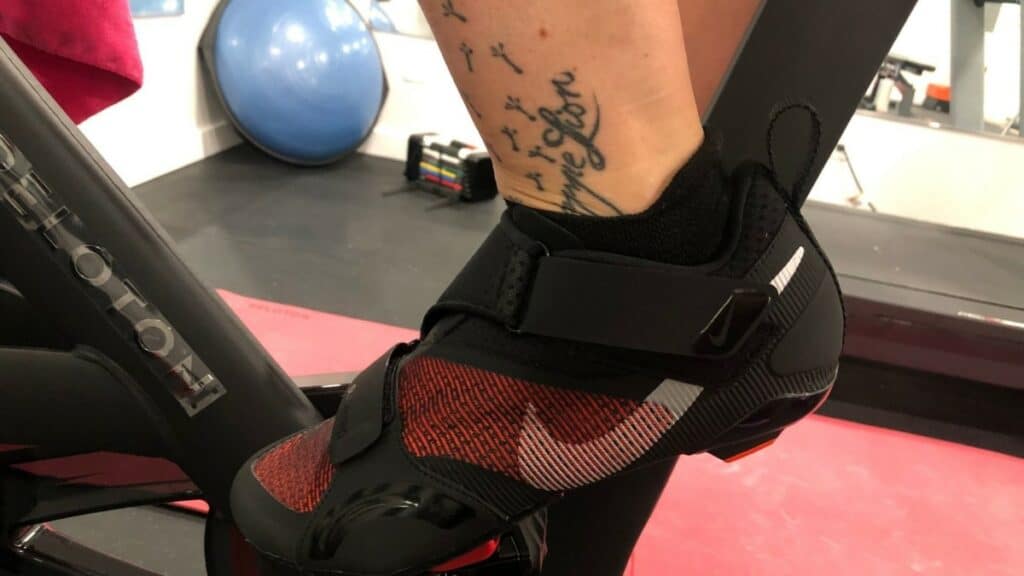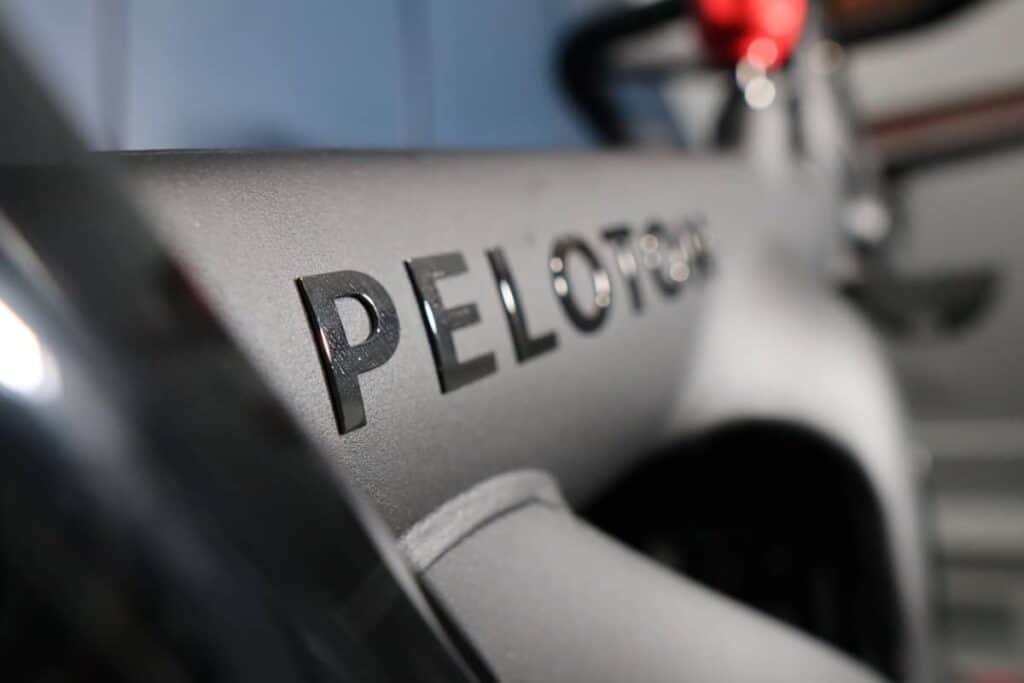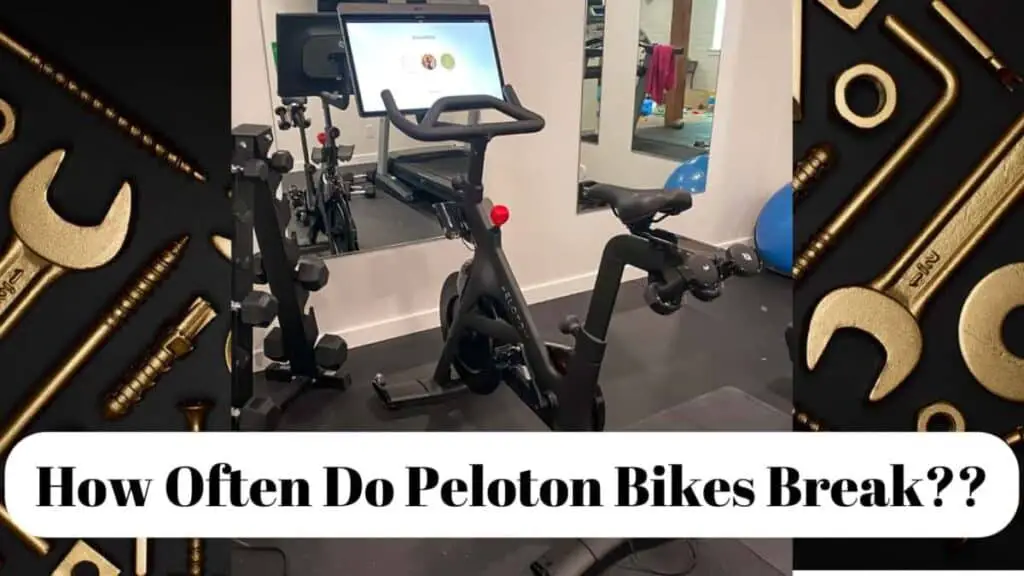Peloton and NordicTrack are two well-known workout bike manufacturers. Both have a modern design, a user-friendly touchscreen display, and a range of interactive cycling sessions. But, what are the differences between these two brands?
The main differences between NordicTrack and Peloton lie in 5 main categories: Resistance, pedals and shoes, size and weight, accessories, and the length of their warranties. There are also pros and cons to each brand that you should consider before making an informed decision.
This article examines the differences between Peloton and NordicTrack bikes and the benefits and drawbacks of each model to help you decide which is a better fit for you.
1. Peloton Vs Nordictrack Resistance

Although both bikes utilize the same resistance, the feature is a significant difference between them.
NordicTrack Resistance
NordicTrack employs digital resistance, and instructors may modify the users’ resistance to fit the program. As a result, it’s almost as though the user has no control over the resistance of their bike. Nonetheless, it’s a terrific method to make you work harder.
The resistance on the NordicTrack bikes is lower than on Peloton bikes. The S15i, for example, offers 22 levels of resistance, whereas the S22i has 24 levels. The amount of resistance levels the NordicTrack offers should be more than suitable to offer a very challenging workout, and I would not count out the NordicTrack bike because it has less levels than Peloton.
Peloton Resistance
On the other hand, the Peloton cycle offers a manual resistance option. The Peloton bike plus provides both manual and digital resistance; however, the instructors do not modify it even with the digital resistance. On the other hand, the bike plus users have an auto-follow option that allows the resistance to auto-adjust within a specific range.
The Peloton bikes have 100 different resistance levels, which may seem like a huge benefit but the majority of users will not use much of the upper end of these resistance levels. It can be nice to have but may not be totally necessary.
Although Peloton resistance is manual, it is more exact than NordicTrack resistance, making it more trustworthy.
2. Peloton Vs NordicTrack Pedals And Shoes

There is a notable difference in the pedals used in these two bikes. This makes a difference to your warranty and ease of use.
NordicTrack Pedals And Shoes
Clipped pedals with toe cages are used in NordicTrack. As a result, you may ride your bike in any non-cycling shoes. The nicest aspect about these pedals is that anybody, including visitors, may use them. It also saves you about a hundred dollars on riding shoes.
The only issue I see with using clipped pedals with toe cages is that the rider will not be transmitting the maximum amount of power that using a cleat system can offer. If you are considering getting really serious into riding and do not want to break your warranty then this bike may not be the best option because in that case cleats will be needed.
To achieve your cycling objectives with the NordicTrack, you must work hard, and if you want to replace the pedals for cycling shoes, you must change the pedals. Regrettably, this conflicts with your warranty, which is critical, particularly during the first year.
So, depending on your particular needs the NordicTrack may be a great option! This is simply going to be based on the users preference. If the individual is on a budget and is not wanting to splurge on cycling shoes then this bike would be perfect for that individual.
Peloton Pedals And Shoes
The Peloton bike comes with Delta-compatible aluminum pedals. As a result, Look-Delta or SPD-SL 3-hole cleat shoes are recommended. This pedal system guarantees that you’re wearing shoes that transmit power efficiently, resulting in quicker and longer riding times. When compared to other pedals, the impact is also more motivating.
Peloton wins in this scenario because toe clips for Peloton pedals are easy to get by. With the toe clips, you have a better chance of achieving your riding goals without exerting excessive effort.
This does mean you will need to purchase cycling shoes. The good news is, unlike many other bikes the Delta pedals do come included with both Peloton bikes.
3. Peloton Vs NordicTrack Accessories
The Peloton bike and bike plus come without any attachments unless you upgrade to a more costly package to receive them. The good news is that Peloton often offers deals that allow you to get some of the accessories for free when you purchase the bike.
On the other hand, NordicTrack comes with a 3-pound set of dumbbells already installed, which may save you some dough if Peloton does not have any promotions going on.
NordicTrack’s streaming platform is iFit, whereas Peloton has its own Peloton platform. NordicTrack streaming services are $39 per month, and Peloton is $44 but you get the first year for free with any NordicTrack purchase.
iFit has been around a lot longer than Peloton and offers a wider range of classes than Peloton at the current time. If the streaming platform is most important to you when deciding which bike to purchase I will tell you that you will most likely be happy with either Peloton or iFit. They are both pretty incredible!
NordicTrack’s equipment pricing is significantly lower than Peloton’s, in addition to the free year of iFit. When it comes to pricing, NordicTrack should appeal to the budget-conscious shopper.
4. Peloton Vs NordicTrack Warranty

Both bikes have reasonable warranties. NordicTrack, on the other hand, provides more appealing bike frame terms with a ten-year warranty. The bike frame of Peloton, on the other hand, is covered by a 5-year warranty.
The Peloton Warranty is as follows:
- HD Touchscreen: 12 months
- Frame: 5 years
- Bike and Components: 12 months
- Bike Pedals: 12 months
- Labor: 12 months
The NordicTrack Warranty is as follows:
- Frame: 10 years
- Parts: 2 years
- Labor: 12 months
5. Peloton VS NordicTrack Size
While the difference in size between these two brands may not seem like much, they do have an affect when you are trying to be space-savvy.
The original Peloton Bike is 135 pounds and is 59 inches long by 23 inches broad. The Peloton Bike+, on the other hand, is 59 inches long, 22 inches (56 cm) wide, and weighs 140 pounds.
In terms of size, the NordicTrack versions are comparable. The S15i Studio Cycle has a length of 56 inches, a width of 22 inches, and a weight of 202 pounds. The S22i Studio Cycle, meanwhile, measures 55 inches long by 22 inches broad and weighs 205 pounds.
Pros And Cons Of NordicTrack And Peloton

Both NordicTrack and Peloton are excellent choices for exercise bikes, but they are not without fault. Let’s examine the pros and cons of each brand, respectively.
NordicTrack Pros And Cons
NordicTrack has dominated the market for quite some time. It is for this reason that we can properly assess its good and bad qualities in an accurate way.
Pros:
- Stabilizers in the front and rear
- The combination of incline and resistance dramatically increases calorie burn.
- Innovative technology includes an autonomous Incline/Decline system that adapts as you ride. This is compatible with all outdoor routes as well as any iFit class.
Cons:
- The seat is a touch firm.
- Instead of being in the front of the screen, console speakers are at the rear.
- In iFit programs, there is no closed captioning.
Peloton Pros And Cons:
Peloton is a highly well-known and certainly worthwhile brand, but as with every product, it has pros and cons which should be weighed.
Pros:
- Extremely practical
- Long-term financial savings
- There are an infinite number of classes and trainers to choose from.
- Excellent for cardio and conditioning for people of all fitness levels
Cons:
- It’s impossible to compete with the in-person spin community.
- Significant initial expenditure is required.
- Without a membership, the bike is not as effective.
Conclusion
To summarize, both brands are fantastic choices, yet there is no avoiding the expense in either case.
NordicTrack wins when your goal is a bike with computerized resistance that instructors utilize to push you harder. Peloton is the best option if you’re searching for resistance that you can regulate on your own, depending on the task.
If you were asking me, who currently owns a Peloton bike that I enjoy, after doing all this research I feel I would probably select one of the spin bikes from the NordicTrack line. The only thing that would hold me back from doing so is having the toe cages, but once the warranty is up I would end up switching out the pedals. What peaks my interest the most is the expanded streaming platform as well as the instructors changing up the resistance automatically. I feel I would really enjoy those features.
I hope this comparison provided you with some clarity on these two incredible spin bikes! Happy spinning!






